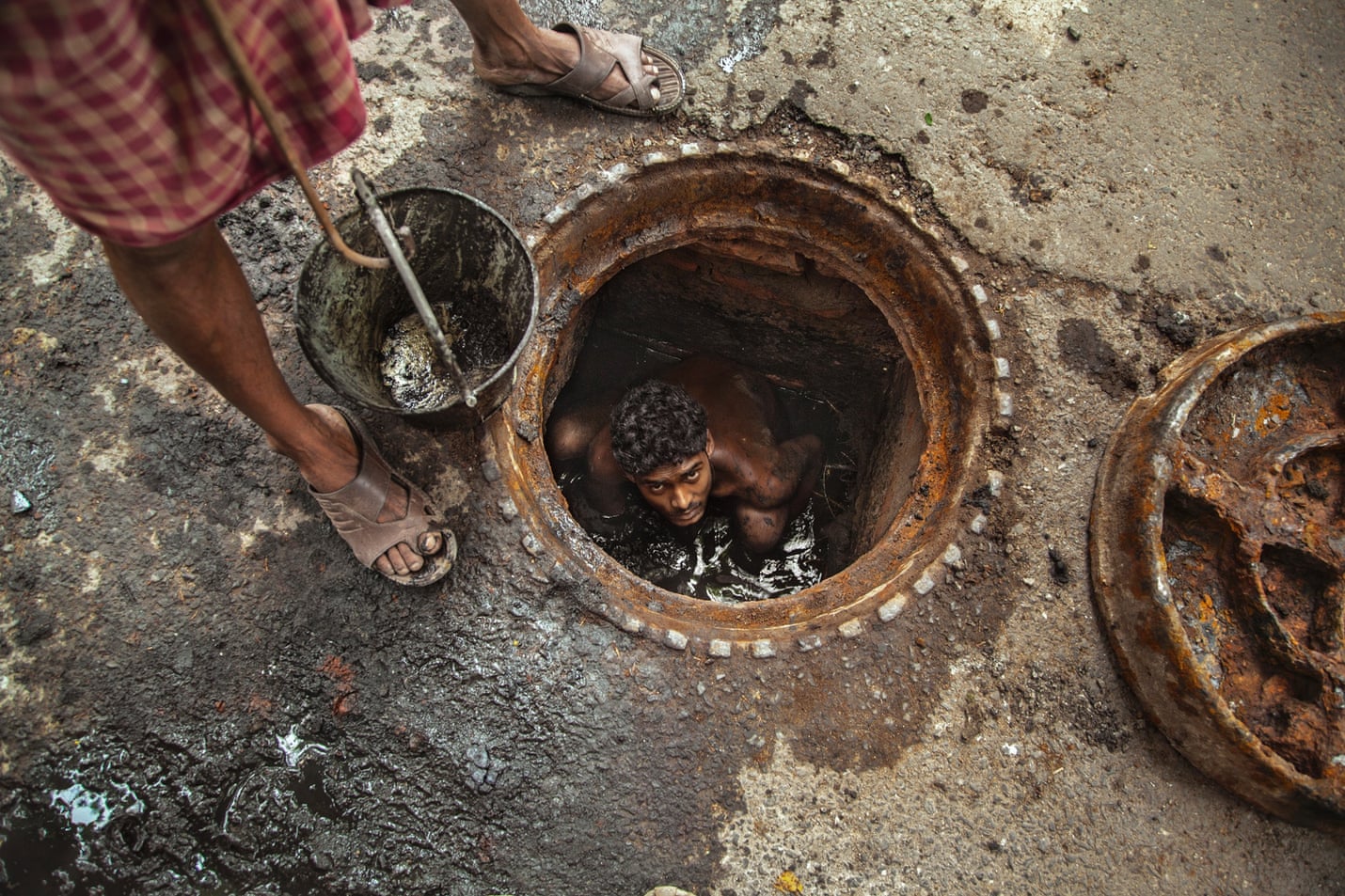The Sanitation workers of India. Toilet cleaners and caretakers in domestic, public, and institutional settings; who empty pits and septic tanks, clean sewers and manholes; who work at sewage treatment and disposal sites. Those who play a vital role in the development of a country but are treated like invisible beings.
In 2013, the Prohibition of Employment as Manual Scavengers and their Rehabilitation Act was passed, prohibiting manual scavenging and protecting the livelihood of the workers. This wasn’t the first act in support of sanitation workers. Since 1955, there have been various attempts to humanise sanitation workers, but
this is an issue ingrained in our society since 4000 years ago.
From a historical perspective, an entire community has been forced into this stream of work for years. Specifically the Dalit and Relli communities experience a multi – generational prejudice and poverty trap. The children of these families, even the educated, continue to struggle to escape the cycle due to the constant pressure from society. The idea of ‘purity’ has isolated these communities in general, marking them as untouchable.
 Children of Manual Scavengers. Shot by M Palanikumar (click to view article)
Children of Manual Scavengers. Shot by M Palanikumar (click to view article)
In 2017, a study estimated that there were over 5 million sanitary workers in India. In 2020, the Prohibition of Employment as Manual Scavengers and their Rehabilitation Act of 2013 was amended to provide better support to the workers. However, a 2022 report shows 58,098 manual scavengers across the country over the previous three years.
While the sanitation workforce performs one of the most essential public service, their own health is constantly compromised and they are often shunned by members of the society for their smell or the belief that they might be carriers of diseases. Particularly obvious during the pandemic, while the rest of the world were restricted to their houses, Sanitation Workers faced more work load from the increased waste generation from households.
In 2022, data shows that 347 sanitation workers have died over the past 5 years in India.
The average life expectancy of a person is 70 years. But Sanitary workers – constantly exposed to hazardous gases and biological and chemical agents, have an estimated life span of 40-45 years.
Despite there being laws made to protect the dignity and rights of sanitation workers, they are not actively implemented across the country. Discrimination and deaths of manual scavengers are frequently reduced to numbers, statistics, and TV debates, obscuring the people and their experiences. In their pay, their working conditions, their treatment by their employers and the general population, sanitation workers remain at the bottom of society.
The need of the hour is to eradicate the social issues related to sanitation at grassroot level. Alternate livelihood options must be ensured as we venture into a territory where sanitation does not require human intervention.



